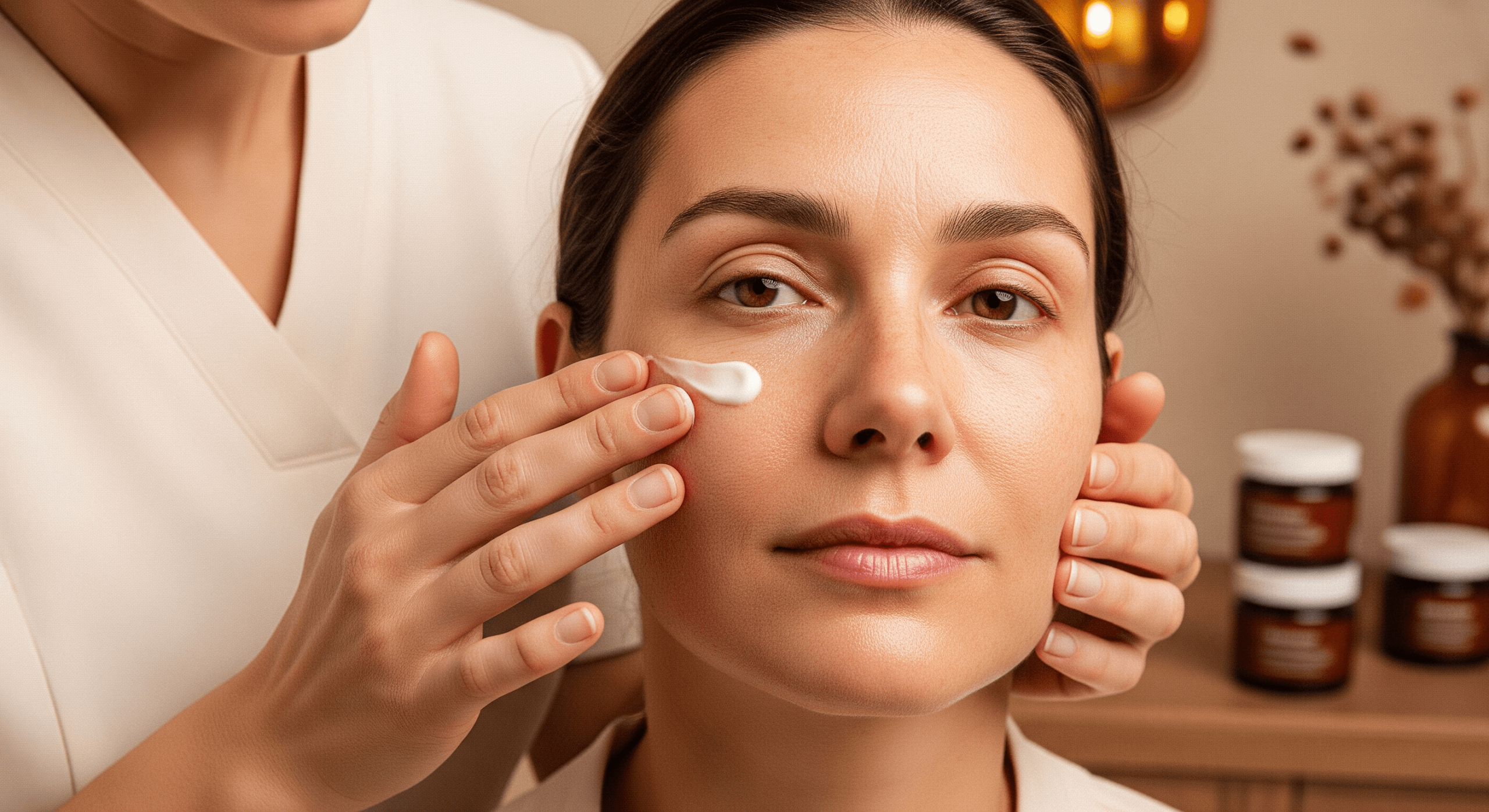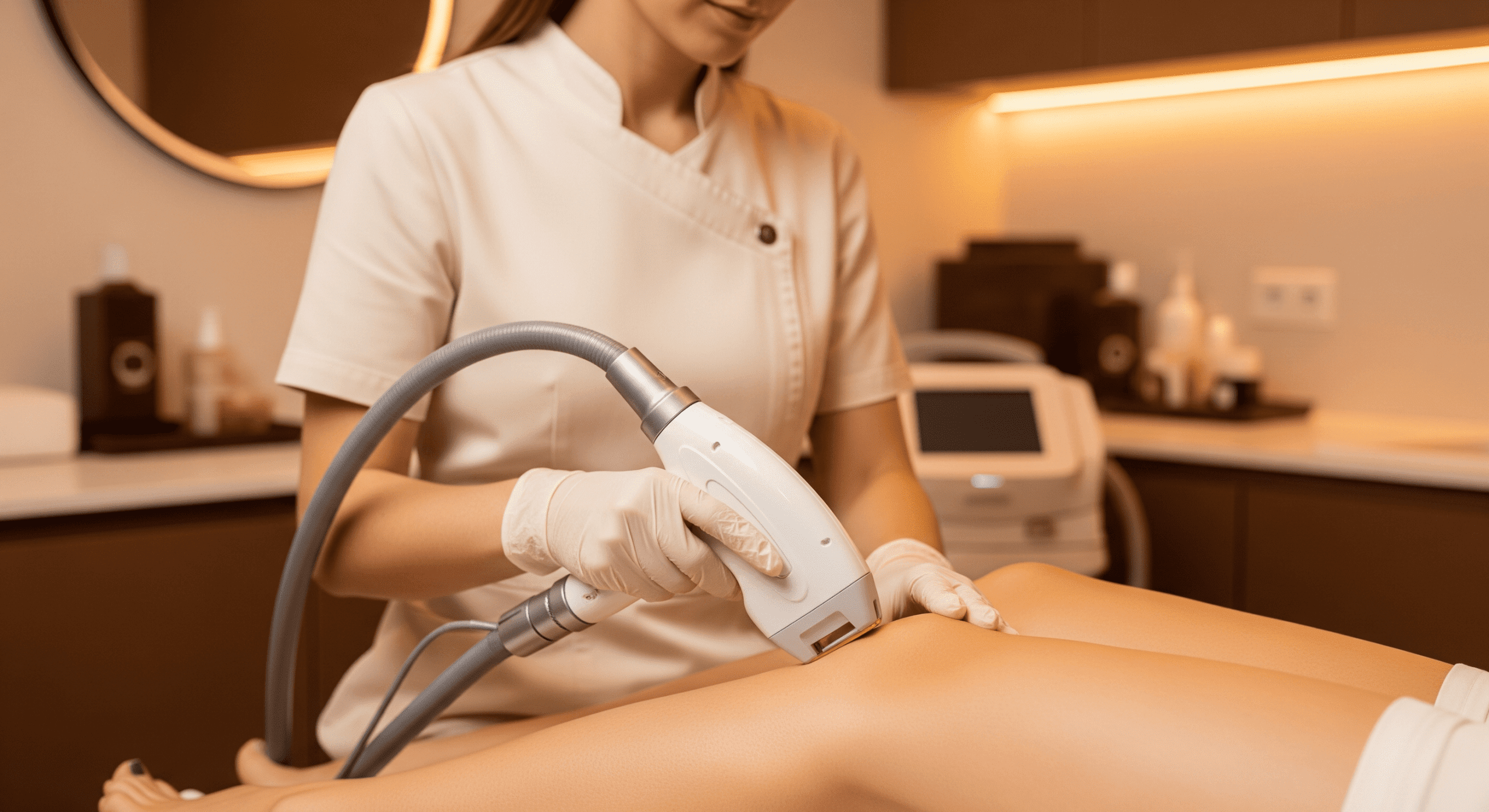As we age, our skin evolves—and so should our skincare routine. The 50s and 60s bring about significant hormonal shifts, slower cell turnover, and a natural decline in collagen and elasticity. What worked in your 30s or 40s may now be outdated, ineffective, or even harmful. This chapter of life isn’t about reversing time; it’s about embracing it with confidence, strategy, and support.
With the right mix of professional treatments, active skincare ingredients, and lifestyle choices, glowing skin is still very much within reach. Let’s dive into what your skin really needs during these pivotal decades—and how to meet those needs head-on.
Jump to:
TLDR – Quick Guide
- Your 50s and 60s skin is more vulnerable to dryness, thinning, and pigmentation due to reduced collagen and slower cell turnover.
- Hormonal changes, especially post-menopause, significantly influence skin hydration and elasticity.
- Prioritize treatments and products that boost collagen, strengthen the skin barrier, and deeply hydrate.
- Professional care—like microneedling, laser resurfacing, and hydrating facials—can dramatically improve tone, texture, and firmness.
- This is the ideal time to simplify your regimen, prioritize consistency, and invest in targeted, science-backed solutions.
Detailed Breakdown
1. Understanding Skin Changes in Your 50s and 60s
By your 50s, estrogen production drops significantly, resulting in less collagen, thinner skin, and reduced oil production. These changes can leave your skin feeling dry, dull, and more sensitive than before. In your 60s, these effects become more pronounced, and cumulative sun damage often begins to surface more visibly through spots, broken capillaries, and uneven texture.
Regular exfoliation, barrier-repairing ingredients, and deep hydration become essential—not optional.
2. The Power of Medical-Grade Skincare
Over-the-counter creams often aren’t strong enough to address the structural skin concerns of this stage. Products with peptides, retinoids, hyaluronic acid, and antioxidants like vitamin C are proven to enhance skin firmness and resilience. Incorporating a medical-grade skincare regimen, personalized by your aesthetic provider, ensures that every product is effective, safe, and aligned with your skin’s needs.
3. Treatments That Make a Difference
At this age, professional treatments can produce transformative results when done consistently. Some of the most impactful options include:
- Microneedling: Stimulates collagen and tightens skin.
- Laser Resurfacing (e.g., Fraxel): Targets sun damage, fine lines, and uneven tone.
- Ultherapy or RF Microneedling: Firms deeper layers without surgery.
- Hydrafacial MD Elite: Gently exfoliates and infuses hydration to revive aging skin.
These treatments go beyond surface-level fixes and rebuild your skin from within.
4. Lifestyle Upgrades That Reflect on Your Skin
Skincare doesn’t end at your medicine cabinet. Support your skin from the inside out with a diet rich in omega-3s, antioxidants, and hydration. Strength training can help balance hormones and boost circulation, while quality sleep promotes nighttime skin repair. Finally, sun protection is non-negotiable—use a mineral SPF every day to prevent further collagen breakdown.
Key Takeaways
- Skincare in your 50s and 60s must account for hormonal changes, slower regeneration, and increased sensitivity.
- Treatments should focus on restoring hydration, stimulating collagen, and correcting age-related damage.
- A personalized blend of professional care and advanced skincare can significantly improve visible signs of aging.
- Aging gracefully doesn’t mean doing less—it means doing what’s right for where your skin is today.
FAQs
How does skincare change in your 50s and 60s?
Skin becomes thinner, drier, and more prone to wrinkles due to hormonal changes and collagen loss. This calls for richer moisturizers, collagen-boosting ingredients, and targeted treatments.
What are the best skincare ingredients for mature skin?
Look for retinoids, peptides, hyaluronic acid, ceramides, and antioxidants like vitamin C and E.
Can treatments like microneedling or laser resurfacing help at this age?
Yes. These treatments are especially effective for mature skin, stimulating collagen and improving tone, texture, and firmness.
How often should I get professional facials in my 50s or 60s?
A monthly schedule is ideal for maintaining hydration, exfoliation, and overall skin vitality.
Is it too late to start anti-aging treatments in your 60s?
Not at all. It’s never too late to improve your skin’s health and appearance with the right approach.


